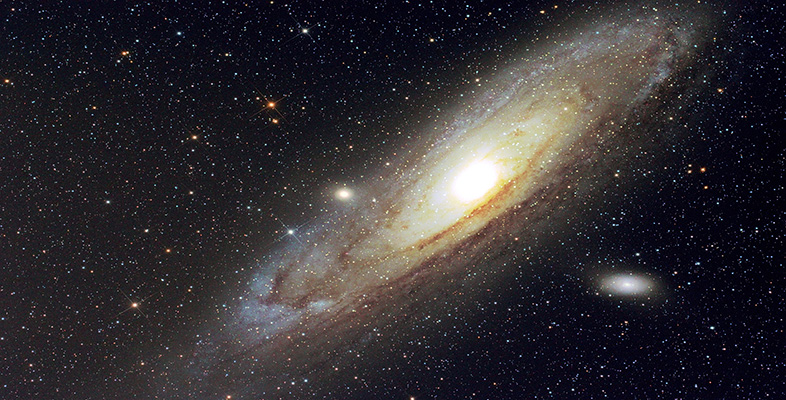End-of-course questions
Question 1 What would be the diameter of the Sun if it was represented in the model of the Solar System described in Table 1?
Question 2 Distances to nearby stars are a few light-years. Calculate how long it takes light to reach the Earth from the Sun and hence explain why the light-year is not a useful unit for measuring the distance to the very nearest star, the Sun.
Question 3 Two stars, X and Y, have the same size and colour but X is four times further away from an observer on Earth than Y. How will the apparent brightness of the stars compare to the observer?
Question 4 The majority of the Earth's rocky surface is comprised of silicate rocks (compounds containing silicon and oxygen together with metals such as aluminium, calcium, magnesium and iron). The core of the Earth is believed to be predominantly composed of iron. What evidence is there in Table 2 to support this?
